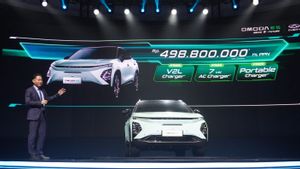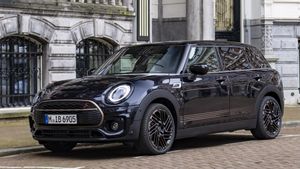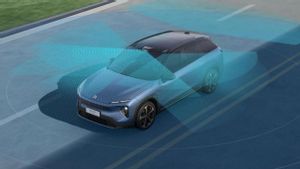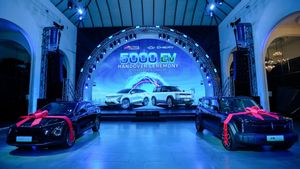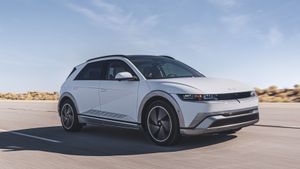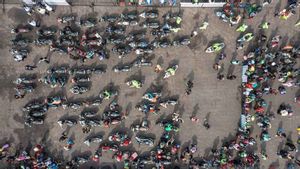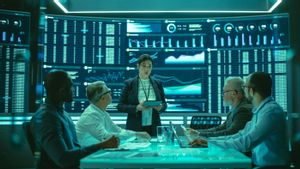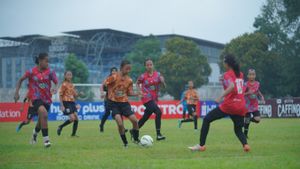JAKARTA - Toyota Motor Corporation together with Chiyoda Corporation collaborate to develop a large-scale electrolysis system in building a massive hydrogen ecosystem.
The partnership between the two companies is also in line with the target to be achieved by the Japanese government, namely introducing electrolysis both locally and abroad as part of the basic hydrogen strategy.
Reporting from the Toyota page, Tuesday, February 6, electrolysis cell mass production technology uses a fuel-cell system owned by Toyota and the design of a processing plant as well as the construction of a large-scale factory owned by Chiyoda will be unified to develop the system.
To be able to answer various customer needs, such as the amount of hydrogen used, class 5 Mega-Watt (MW) equipment will be used as a basic unit for development, and will be combined to create standard packages, which will allow the construction of large-scale electrolysis systems.
The advantage of this equipment is efficiency. The system only takes about half the floor of conventional equipment and offers convenience of maintenance while allowing easier delivery, shortening construction time on site, and lowering the cost of civilian engineering and construction.
SEE ALSO:
The capabilities possessed by Toyota in the industrial sector are coupled to Chiyoda's specialized expertise in factory engineering optimally, resulting in benefits such as lower costs, increased production efficiency, and more stable quality for the electrolysis system needed to produce environmentally friendly hydrogen.
The introduction of this system will begin in 2025 at Hydrogen Park, precisely in Toyota's Honsha factory. Later this system will be extended to grade 10 MW and used for verification and development.
Of course this is in line with the Japanese manufacturer's vision in smoothing out the planning of multi-path strategies in the Produce / Transport / Store / Use value chain. Toyota also has a model for the production of hydrogen fuel cells or FCV named Mirai which has been presented to foreign markets.
The sedan has three tanks to accommodate hydrogen which is also driven by lithium-ion 1.24 kWh and can produce 182 dk of power with the help of rear wheels driving.
The English, Chinese, Japanese, Arabic, and French versions are automatically generated by the AI. So there may still be inaccuracies in translating, please always see Indonesian as our main language. (system supported by DigitalSiber.id)



